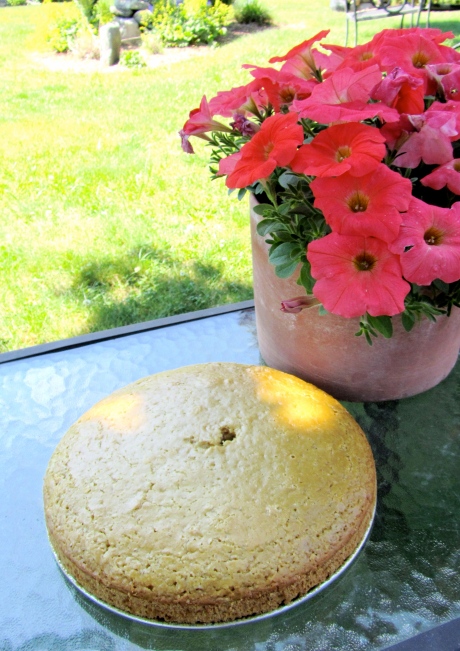Even though eating and cooking remain a firm part of my daily routine, blogging has admittedly taken short shrift this past month. Let’s chalk it up to my impending cross country move to the San Francisco Bay Area for a new job and adventure. The logistical and emotional preparation has sapped up my extra time.
Now that my ducks are in a row, the writing wheels have resumed their turn. I’ve done a lot of thinking recently about food communities, what they mean, and how we develop culinary hubs where we live. Next Big City just picked up one of my Grid posts about community kitchens across United States cities, where I spoke to a number of their benefits, including:
- Serving as an alternative communal site for food preparation and distribution
- Easing the burden on small-scale and artisan food producers who want to deliver locally made food to city residents
- Challenging the traditional notion that culinary pioneers need to front gobs of cash to open up their own gourmet storefronts
- Offering shared, mixed-use production and sales facilities to accommodate more humble food operations
 My article highlights San Francisco’s Forage Kitchen, a work in progress food production and event space that typifies a successful food community. No one can argue that the Bay Area has a storied history of supporting alternative culinary ventures — just take a look at the Ferry Marketplace or the “Gourmet Ghetto” neighborhood in Berkeley, home to Alice Waters’ Chez Panisse and the cooperatively-owned Cheeseboard Collective.
My article highlights San Francisco’s Forage Kitchen, a work in progress food production and event space that typifies a successful food community. No one can argue that the Bay Area has a storied history of supporting alternative culinary ventures — just take a look at the Ferry Marketplace or the “Gourmet Ghetto” neighborhood in Berkeley, home to Alice Waters’ Chez Panisse and the cooperatively-owned Cheeseboard Collective.
Yet I’ve seen community food hubs develop more and more in smaller East Coast cities as well. In my home turf of Providence, R.I. a gourmet olive oil shop has opened up across the street from renowned Seven Stars bakery. Just over the city border in Pawtucket, R.I., Hope Artiste Village boasts a number of food-related ventures, including a top notch local coffee roaster, and a great wintertime farmers market. And when I visited Portland, Maine two weeks back, I visited the Public Market House, which provides low-overhead business space for smaller food vendors who want to downsize from their own storefront. Together in this larger building, food producers are worth more than the sum of their parts.
 This type of cluster effect, and the food community that results, really excites me going forward. Owning your own food business no longer has to be an isolating adventure for the elite. And that means more opportunities to try new meals and savor the act of food production with your friends and loved ones. Cheers to that.
This type of cluster effect, and the food community that results, really excites me going forward. Owning your own food business no longer has to be an isolating adventure for the elite. And that means more opportunities to try new meals and savor the act of food production with your friends and loved ones. Cheers to that.
















 This is my first loaf.
This is my first loaf.